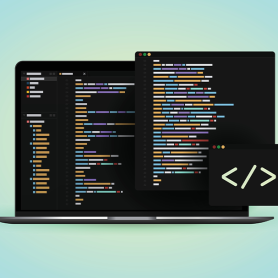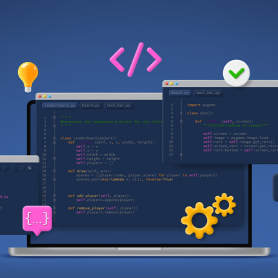Introducing the Daily Usage Dashboard for Anypoint Platform
As application networks continue to expand, having access to the relevant data around usage is more important than ever. Decisions involving financial and strategic
Introducing the Anypoint Code Builder June 2024 Release
Are you ready to supercharge your integration projects? We're thrilled to introduce a suite of exciting new features that are now available as part
How to Get Started With Intelligent Document Processing
MuleSoft’s newest AI and automation tool, Intelligent Document Processing (IDP), used for end-to-end Document processing and automation, went GA on April 29, 2024. IDP
Announcing Anypoint Flex Gateway on IBM Power
Businesses have recognized the proven benefits of using application programming interfaces (APIs) to unlock value from enterprise data. APIs help to open new revenue
Running Anypoint Flex Gateway Serverless on Amazon ECS
The number of customers running APIs and microservices in containers and serverless computing is rising. Anypoint Flex Gateway extends the Anypoint Platform to all
New in Anypoint Exchange: Engagement Scores for APIs and More
If you’re familiar with Anypoint Platform, chances are you’ve used Anypoint Exchange. It’s the one-stop-shop for hosting your Mule applications and making them readily
Anypoint Studio 7.17 – Easier Support for Java 17
We’re thrilled to announce Anypoint Studio 7.17. At MuleSoft, we want to make integrations and API development easier. With Studio 7.17, we continue to
Track Group Application Health With Anypoint Insights
Application networks are expanding at an exponential rate across every business unit. The burden on IT organizations is ramping up accordingly; more nodes on
How to Use MuleSoft for API Management
Every click, swipe, and interaction you do online is powered by application programming interfaces (APIs). These are the invisible threads weaving together our digital
Introducing the Anypoint Code Builder February 2024 Release
This Valentine's Day, we're not just celebrating romance, we're celebrating the latest release of Anypoint Code Builder! We can’t wait for you to fall




















